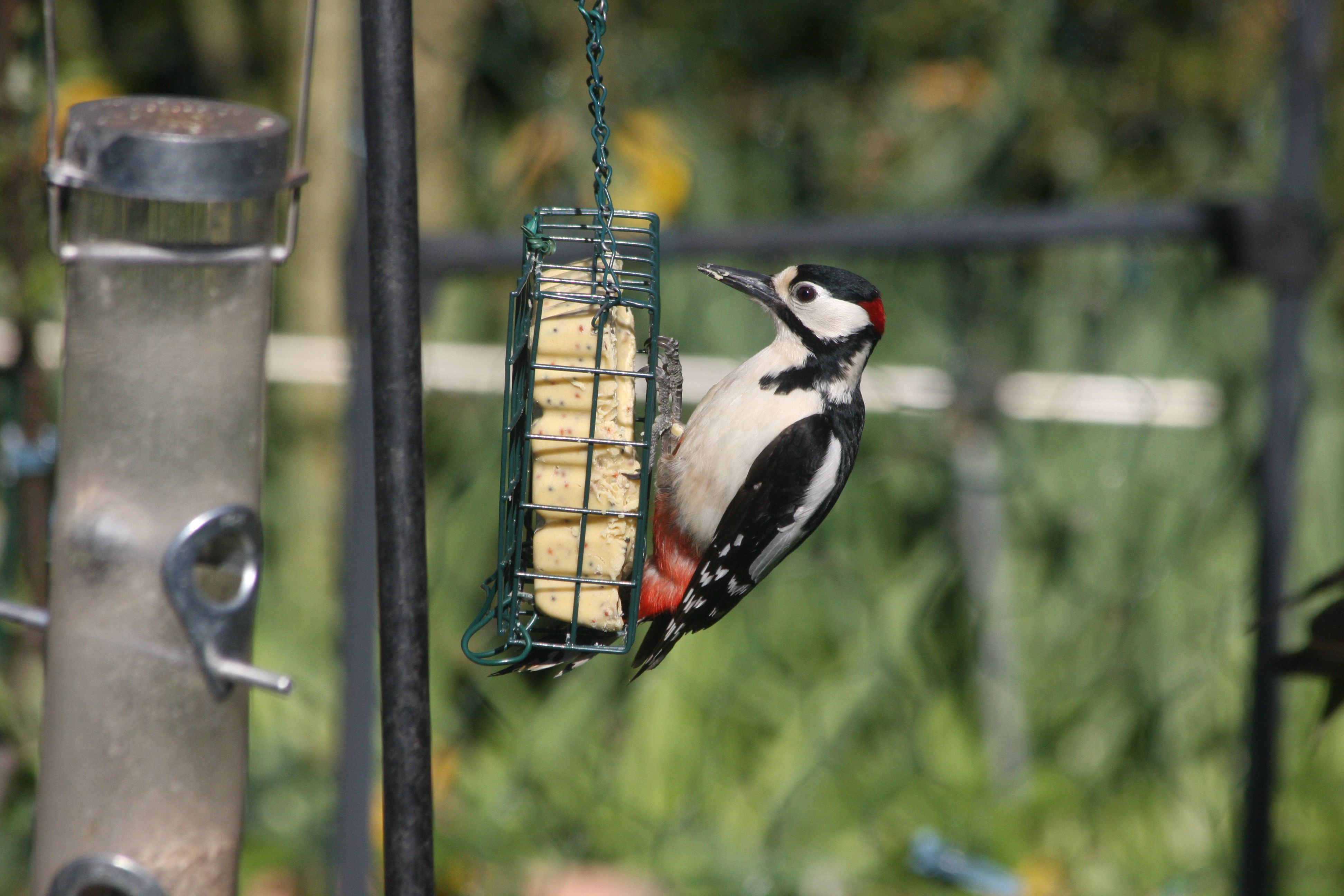By Morwen Johnson
Britain has a reputation as both a nation of wildlife lovers and garden lovers. Many native species however are under threat, so conservation groups are increasingly highlighting the positive contribution that private green space can make to providing wildlife habitats, especially in urban areas.
And with over 240,000 new homes needed each year to meet housing demand in England, the development industry currently represents both a major threat and an opportunity for the environment. That’s why a new partnership between a major housebuilder and the RSPB is being touted as a trail-blazer for wildlife-friendly housing development.
Pioneering partnership
Earlier this year, Barratt Developments and the RSPB announced a pioneering agreement to embed sustainable development and biodiversity into new housing developments. The first project to benefit from the approach, at Kingsbrook in Aylesbury Vale, is due to start construction later this year and is expected to include 2,540 new homes.
Green infrastructure will comprise about 50% of the Kingsbrook development site and will include orchards, hedgehog highways, newt ponds, tree-lined avenues, fruit trees in gardens, bat, owl and swift nest-boxes and nectar-rich planting for bees. There will also be 250 acres of wildlife-rich open space, accessible to the public.
Councillor Howard Mordue, Cabinet Member for Leisure at Aylesbury Vale District Council, said: “I see this benchmark project as the first step in developers working with nature agencies to deliver housing and also to protect the environment”. The council has been commended in the past for employing ecologists in its dedicated Green Spaces Team.
Educating and engaging residents
Integrating wildlife-friendly design elements into new housing developments seems like a step in the right direction. But the maintenance and continued existence of these elements, once houses are sold, is not inevitable.
Last month the Royal Horiticultural Society launched a campaign “Greening Grey Britain” to encourage householders not to pave over gardens. Research conducted for them suggested that three times as many front gardens are now paved over compared to ten years ago, and over five million front gardens now have no plants growing in them (that’s one in three for the UK). Four and a half million front gardens (one in four) are completely paved over. In London it’s estimated that two-thirds of gardens are already at least partially paved over.
These figures don’t necessarily mean that householders don’t want gardens – but that needs are not being met by the design of housing. The 2013 National Travel Survey found that only 14% of household vehicles are parked in a garage overnight and 25% are parked on the street. The majority are parked on private property but not garaged. A lack of living space means that many people use their garages for storage, or have converted the original garage space into living space. Floor space in the UK for new build housing is the smallest in Europe. Nowadays, most households also have more than one car.
Paving gardens doesn’t just reduce spaces for wildlife. Back in 2008, government guidance highlighted that replacing grass and plant beds with concrete and asphalt surfaces can increase flooding and pollution risks, and create unwanted urban heat island effects (when local temperatures rise).
Everyone can help biodiversity
England has populations of at least 55,000 species of animals, plants and fungi, and over a thousand are assessed as requiring special conservation attention. Familiar species which are endangered, or deemed to be of high conservation concern, include hedgehogs, red squirrels, the small tortoiseshell butterfly, and birds such as house sparrows and starlings. Wildlife-friendly gardens and green space (even when the spaces are small) are useful as they provide habitat corridors and food sources.
While the RSPB and Barratt partnership is positive therefore, it’s disappointing that this approach should still be so unusual. Over a decade ago, consumer research by Joseph Rowntree Foundation showed that purchasers of new build housing felt that builders put very little thought into the design and quality of gardens. In the worst cases, ‘gardens’ were actually just piles of builders’ rubble, while the minimal landscaping approach of just turfing the outdoor space was widespread. It seems that in the intervening period, little has changed.
Recent case studies from the Landscape Institute have shown that well-planned landscape design can transform a site with relatively modest levels of investment. Partnerships such as the one between Barratt and the RSPB show that developers are willing to create great places if they think there is a market for them.
It will be interesting however to see if the green infrastructure introduced in the Kingsbrook development is sustained over time and whether home-owners have the skills and the inclination to maintain these wildlife-friendly features.
Follow us on Twitter to see what developments in public and social policy are interesting our research team.
Share
Related Posts
Supporting residents on the decarbonisation journey: leveraging data for effective retrofit projects
As the drive towards decarbonisation intensifies, the social housing sector’s ability to collect, store and manage vast amounts of data becomes increasingly critical. With a shared goal of creating warmer, carbon-free homes, housing associations’ strategic use of data is essential ....
The recent spikes in energy costs have thrown into sharp focus the challenge of heating our homes. Domestic heating is important, not just for our comfort and wellbeing, but to reduce humidity and prevent condensation. But because traditional heating systems ....
By Ian Babelon A new-old concept for proximity “Are we there yet?” Parents may patiently nod to their children’s insistent nudges on a 20-minute journey to… somewhere. Quite rightly, researchers have asked: twenty minutes to what? The answer may well ....
By Sarah Perry At the end of June, GrantFinder attended The Chartered Institute of Housing’s annual conference, Europe’s largest housing festival. The event took centre stage at Manchester Central, bringing together industry experts, policymakers, and housing practitioners from across the ....

